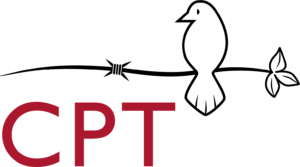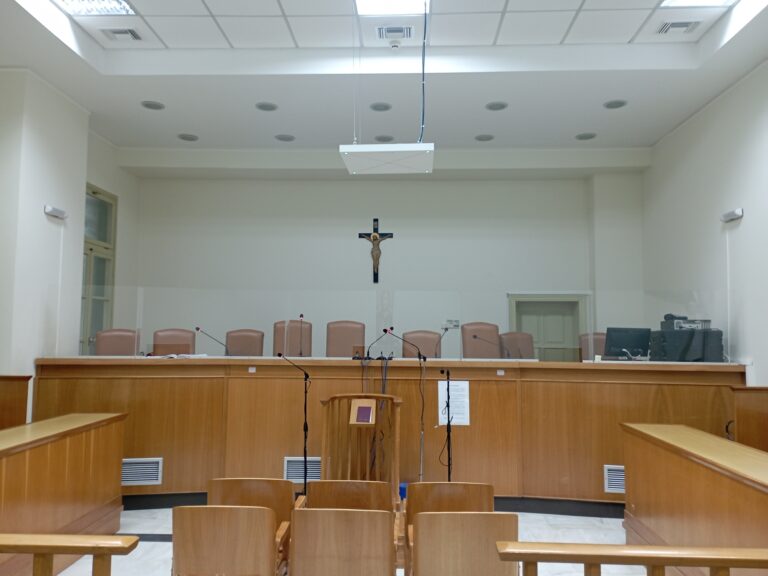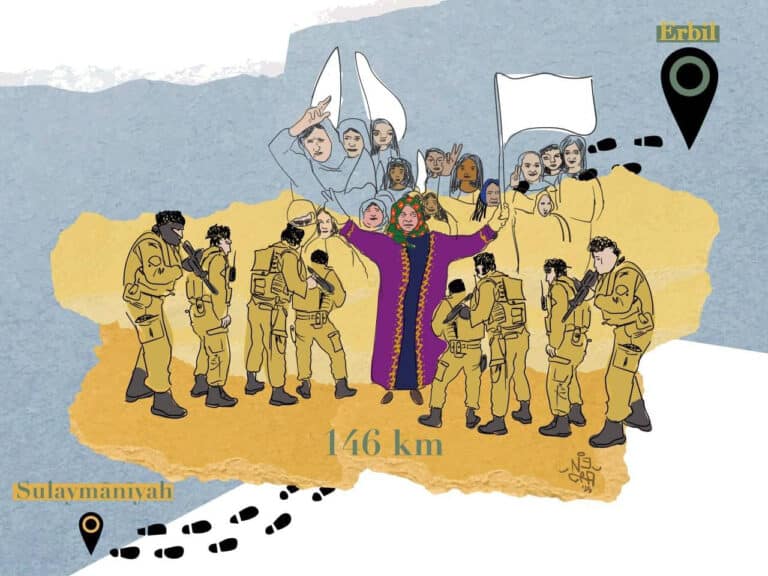by Chris Sabas
On 29 March 2012, the Ontario government paid $3.5 million to mining company God’s Lake Resources (GLR) to walk away from its leases on Kitchenuhmay-koosib Inninuwug (KI) lands. Multiple sacred KI graves lie within the claim area and KI had issued an eviction notice to GLR last September.
For KI, one of the largest First Nations communities in the region, it was perhaps a déjà vu moment. Following the 2008 arrest, conviction and imprisonment of six community leaders for protecting their land from mining exploration by Platinex Corp., the province bought out Platinex for $5 million. The “KI 6” served 68 days before a judge released them unconditionally on sentencing appeal.
KI is located approximately 580 km (360 miles) north of Thunder Bay, Ontario, and is a fly-in community of pristine boreal forests, waters, and wetlands, within Treaty 9 territory (officially known as the James Bay Treaty). Not only does KI have treaty rights attached directly to its traditional lands, but the community must be consulted in matters that affect its rights and interests.
KI broke off talks with the province in November 2011 when Ontario officials could not offer assurances that GLR would not desecrate KI lands with its proposed drill program. Now that GLR is no longer a direct threat, talks could resume, with the goal of creating a unique joint panel tasked with developing creative solutions for KI’s jurisdictional concerns with the province.
“The decision is bittersweet,” said Chief Donny Morris. “KI has a sacred duty under KI law to assert its jurisdiction, care for the land and protect and honour sacred landscapes and graves of our ancestors. That is why we went to jail in the past and that is why we will defend our lands in the future,” he said.



